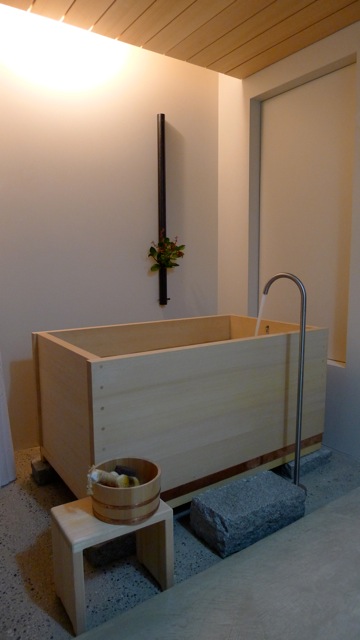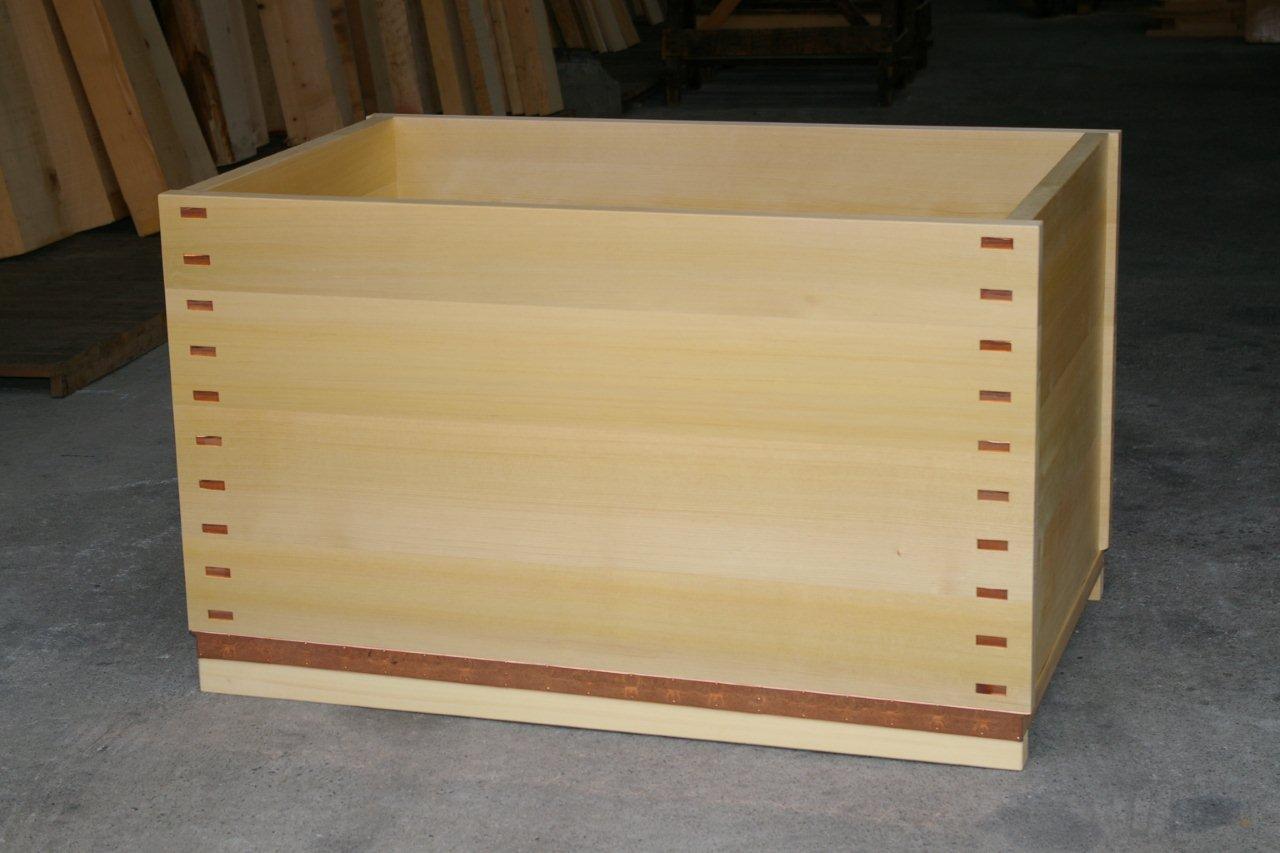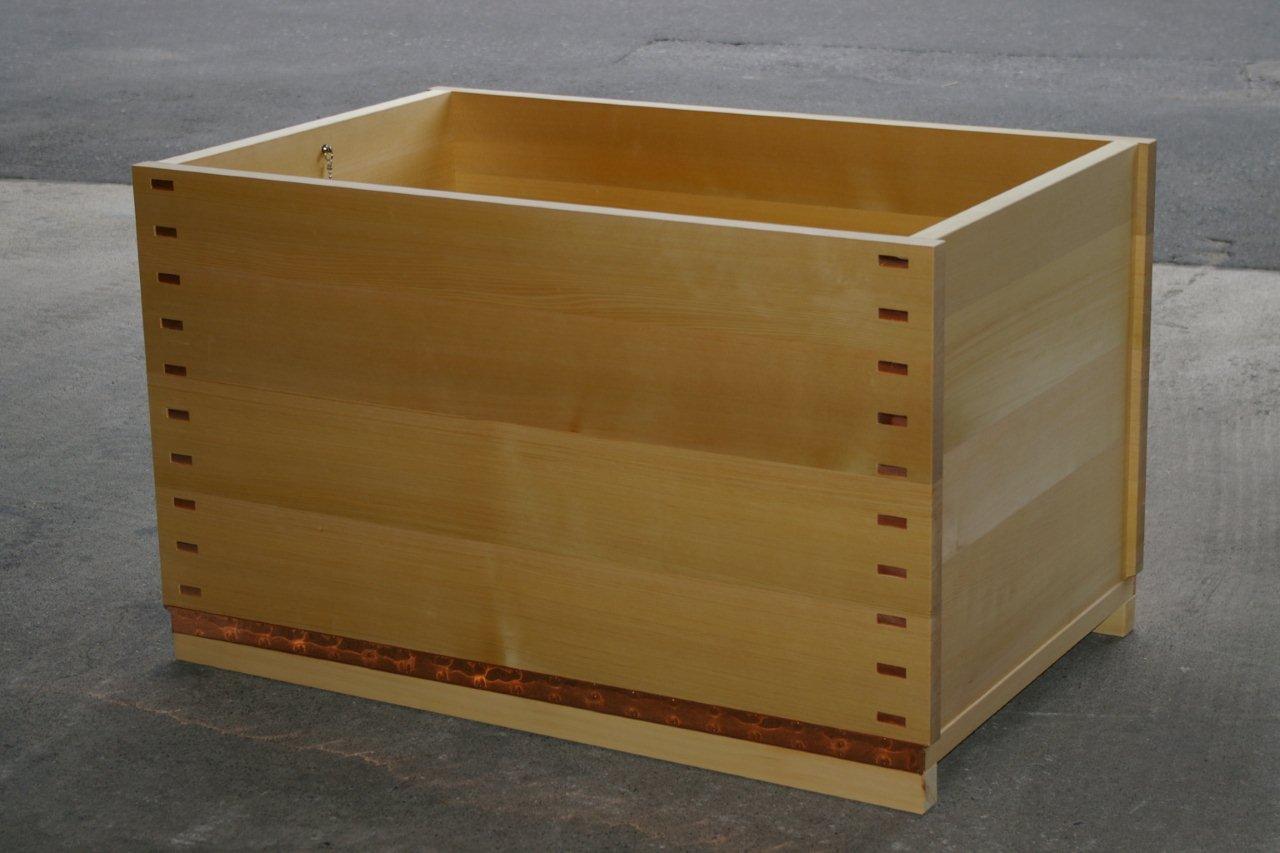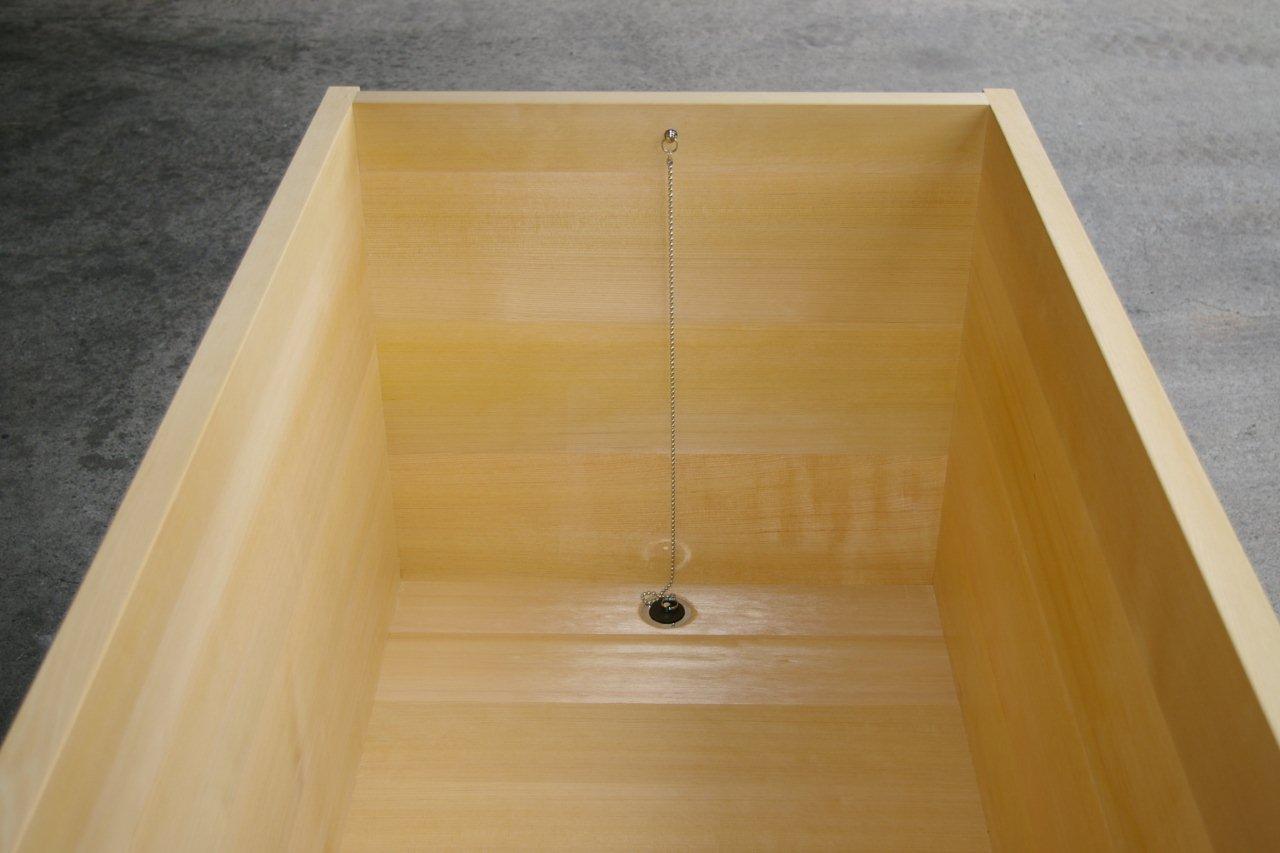Dear friends concerned about the 3/11 quake in japan, let me share with you a webpage.
It is called Northeastern Pacific Ocean Earthquake Reconstruction Project – Support page
But I especially like the section called Murmurs, messages, words. which is constantly updated on the top page.
It collects testimonies, messages of encouragements sent by tweeter or other instant messaging services. They are words of hope and heartwarming short poems, tiny but real gems in the mud of the tsunami.
here is the link: http://fukkououen.web.fc2.com/tweet_top.html
Let me translate a few:
Yesterday my 2 year old son wend to the door and started to wear on his shoes. What are you doing? – I asked. I am going to arrest (capture) the earthquake – he answered.
When Chubu Electric Power stated they will transfer a part of the power to the troubled Kanto Electric, my grumpy father who usually keeps the TV, heater and lights of the ground floor on all the day, started without a word to unplug all utilities. I was a little touched seeing him do so.
Japan s great. Also the private sector officials, in trying to help everyone.
I heard that even the Yakuza is giving availability to several trucks to transport goods to the Tohoku region. Until recently I was not proud to be a japanese. But Japan is a great country. I’m honestly impressed. Fellow japanese, let`s do our best!
A child was lining in front of me in the convenience store. He was buying some candies but when he got closer to the register and saw the donation box, slipped his 500 yen inside and went back to the shelf to return the candies. The clerk said “thank you” and his voice was trembling
Working part-time as a waiter. The shop was almost full and when the earthquake happened, we had them evacuate for safety. I started to think “today we had many eat-and-flee customers” when one by one almost all clients come back to pay the bill. The few people who could not return, come back today purposely to set their bill. Japan is a great country!
People who lost everything not only need compassion. They need a reason to smile.
I will add some more later on.



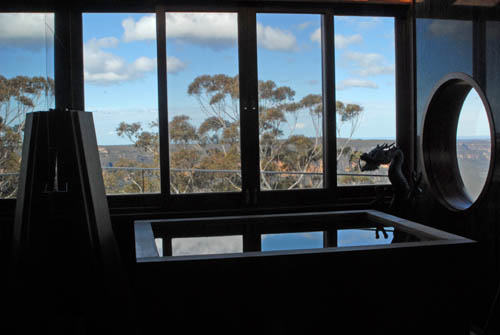
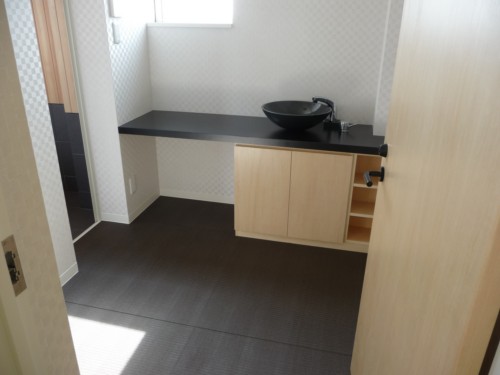 Here is the powder room with tatami-like vynil tiles.
Here is the powder room with tatami-like vynil tiles.
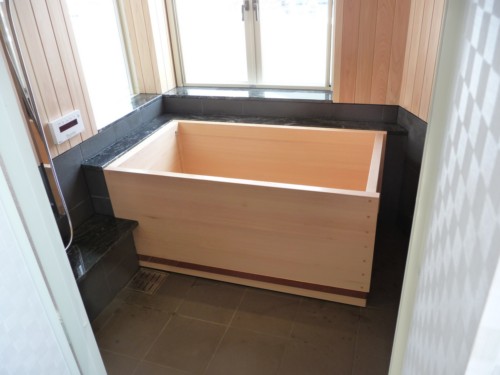 The bathroom has no-slip warm-touch gres tiles produced by INAX.
The bathroom has no-slip warm-touch gres tiles produced by INAX.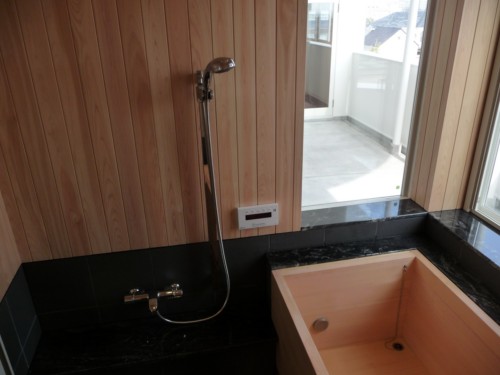 The ledge is in marble and the wall upper section is finished in hinoki wainscoting.
The ledge is in marble and the wall upper section is finished in hinoki wainscoting.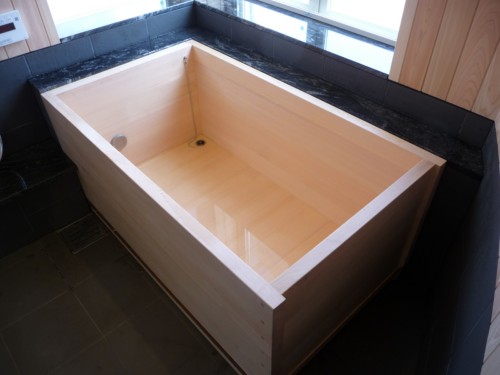 Perfect for contemplating the sea-view from the window!
Perfect for contemplating the sea-view from the window!


